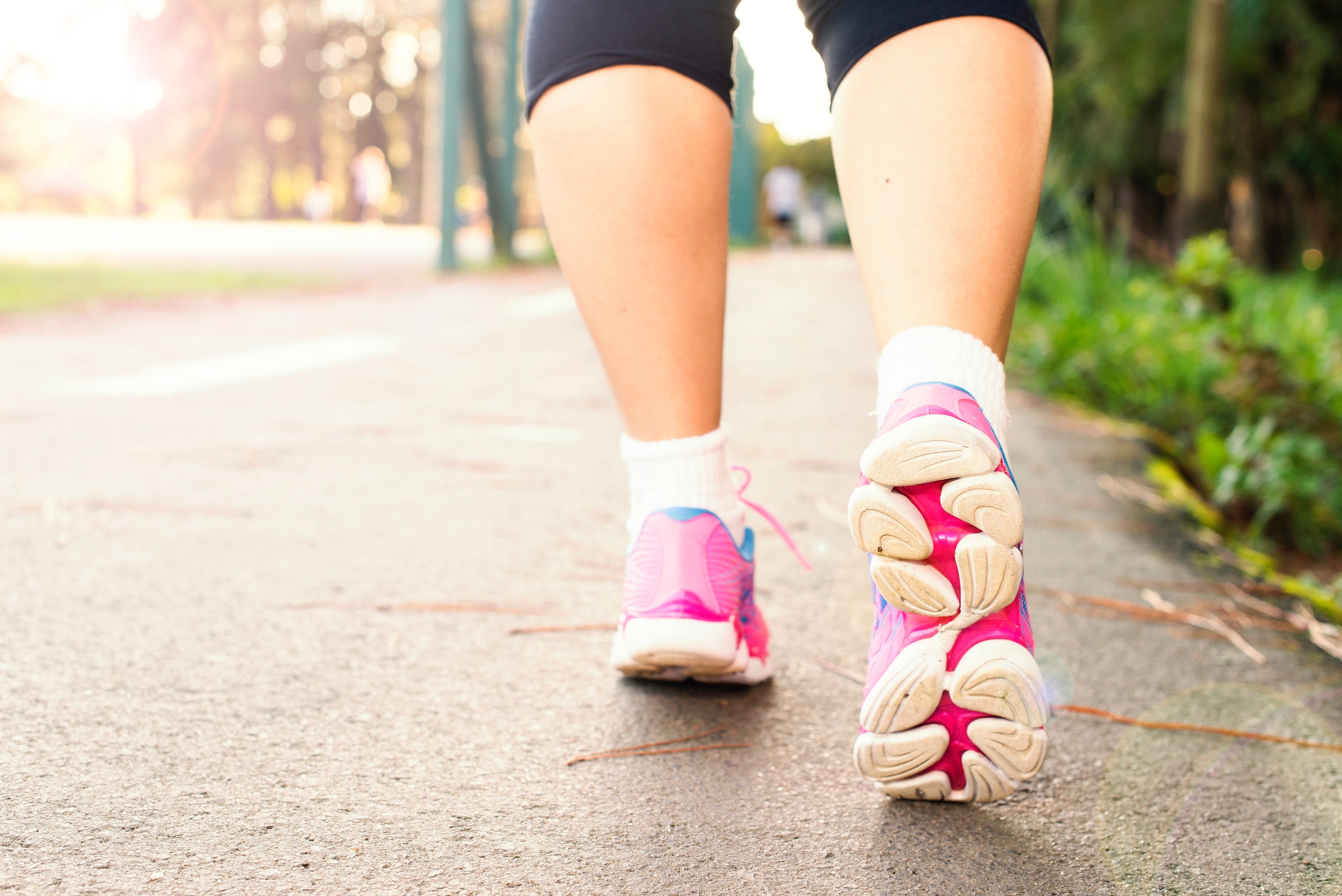
Tendons connect muscles from the thigh’s femur bone to the leg bone, fusing at the knee. When these tendons experience persistent strain, a condition known as patellofemoral pain syndrome occurs. More commonly referred to as runner’s knee, the name is a play on runners, even though the injury is linked to the overexertion of the knee, regardless of activity.
The knee is the largest joint in the human body. The kneecap is the trigonous-shaped bone located at the anterior part of the knee. The pain and inflammation associated with runner’s knee is centralized in the kneecaps, caused by cartilage irritation in addition to strained tendons.
Aggressive exercise regimens and running, in general, may trigger runner’s knee, but other factors precipitate this type of injury. Disproportionate use of the knees, as seen with the elderly, may bring about runner’s knee. Nerve damage in people with flat feet also causes runner’s knee, as well as a direct hit to the knee, leading to tendon and muscle trauma.
The most prominent symptom of runner’s knee is pain beneath the kneecap. The ache may be dull or sharp, and will seemingly escalate whenever the knee moves, as with squatting or kneeling, tendon strain noticeable when bending or standing up after prolonged sitting. Other runner’s knee symptoms include swelling and tenderness, and a cracking or popping sound at the knee joint.
To appease these symptoms, first, rest the affected knee and avoid running or jumping. You may place ice packs on the kneecap intermittently to reduce swelling and after a few days, introduce mild exercise such as short lunges and walks to rebuild tendon strength. If you start to experience chronic knee pain, call us today. We can help you get back to normal life without surgery.
To schedule a consultation with Dr. Stanley Jones, click here.
